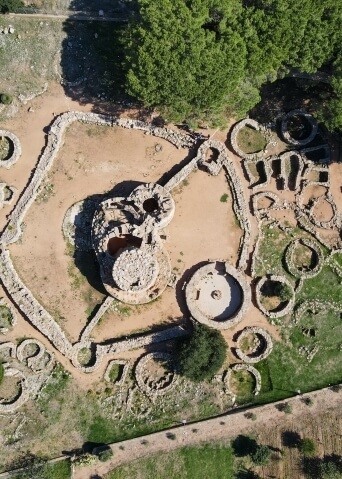Discover the authentic atmosphere of a city ready to welcome you.
Our staff are always on hand to provide you with all the information you need to organise your activities and make your stay a truly unforgettable experience.
Start your stay
Book from our website to take advantage of the best rates
Modify / Delete Reservation
Recover your booking
X
100% secure payments
Experiences
Art, history and paradisiacal beaches.
Category
All
All
Culture Experience
Nature Experience
Sea Experience
Taste Experience
- Taste Experience
The Blau Skybar
Experience a magical aperitivo at sunset in an exclusive location -
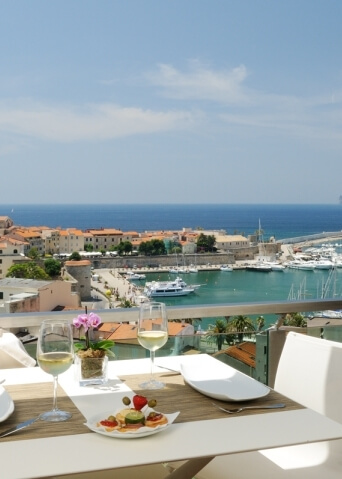
- Sea Experience
The beaches of Alghero
Sink your feet into the soft sand and enjoy the beauty of the crystal clear sea -

- Nature Experience
La Grotta di Nettuno (Neptune's Grotto)
One of the symbols of Alghero, a fascinating treasure -
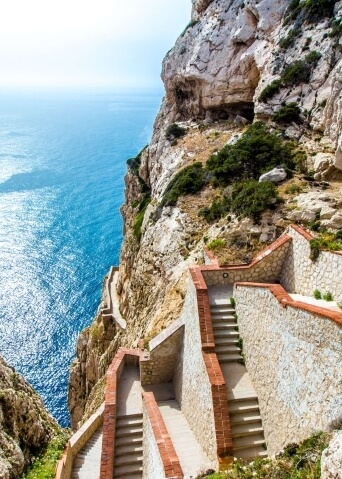
- Culture Experience
The city of Alghero
The ancient walls, the charming old town and the flavours of the local cuisine -
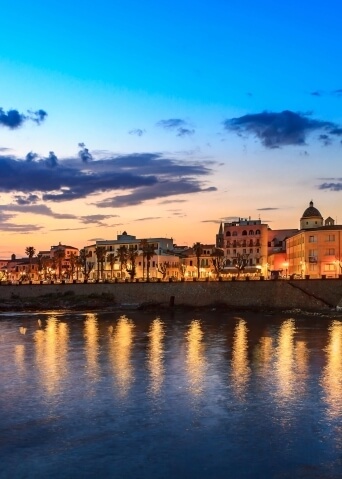
- Culture Experience
The historic centre of Alghero
Explore the city's Catalan roots -
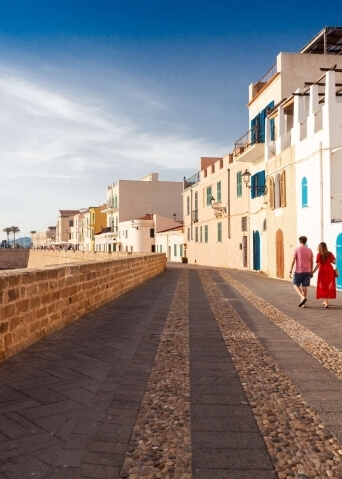
- Sea Experience
Lido Di Alghero beach
An amazing walk or cycle along the promenade. -

- Nature Experience
The Porto Conte Park
A special encounter with nature and beauty -

- Culture Experience
The Museums of Alghero
History and culture at your fingertips -
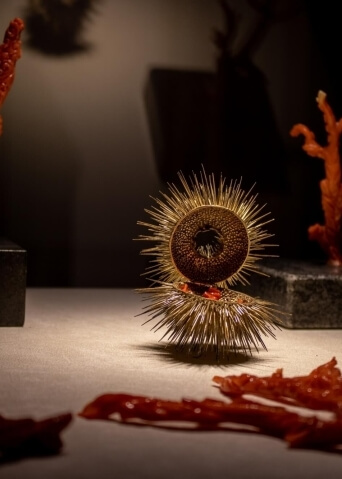
- Taste Experience
Alghero's cuisine
Discover the best dishes of our culinary tradition -

- Culture Experience
The red coral of Alghero
An ancient tradition that gives its name to the entire Riviera -
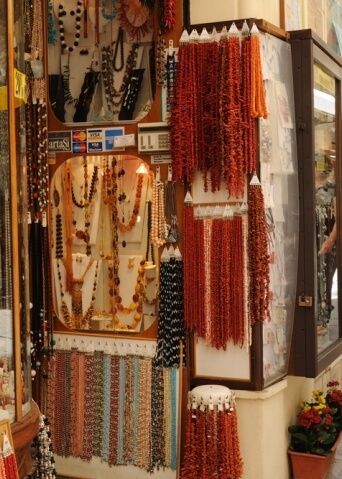
- Culture Experience
New Year's Eve in Alghero
Since 1995, New Year's Eve in Alghero has been a truly extraordinary event! Discover the program of this year! -

- Culture Experience
Easter on the Riviera del Corallo
Holy Week in l'Alguer: While spring is ready to bloom, Sardinia's most atmospheric Easter is celebrated in Alghero. -
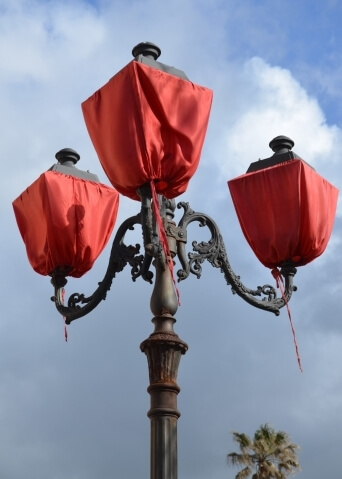
- Taste Experience
Wine tasting in Alghero
A small tour of DOC wines by the best wineries on the Riviera del Corallo -

- Culture Experience
The small rural churches of Alghero
A small guide to God's "studios" -

- Culture Experience
Prehistoric and Nuragic Alghero
A special trip back in time... to a few millennia ago -
